| s/y Nine of Cups Pipestone National Monument - Minnesota June 2012 |
| Have you checked out: National Parks & Monuments? American Odyssey...Part I? (Las Vegas to Denver) American Odyssey...Part II? (Denver to Boston) Birds of North America? Wildflowers of North America? |

| Oops...we're still working on this page, but should have it completed very soon. Visit again soon and check it out. |
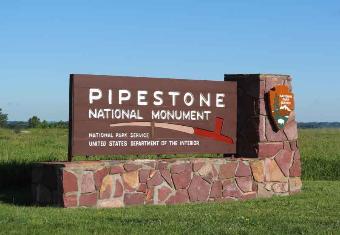
| For countless generations, American Indians have quarried the red pipestone found at this site. These grounds are sacred to many people because the pipestone quarried here is carved into pipes used for prayer. Many believe that the pipe's smoke carries one's prayer to the Great Spirit. The traditions of quarrying and pipemaking continue here today. The story of this stone and the pipes made from it may span as much as 2,000 years of Plains Indian life. Inseparable from the traditions that structured daily routine and honored the spirit world, pipes figured prominently in the ways of the village and in dealings between tribes. (from NPS brochure and website) In 1937, Congress established the Pipestone National Monument to protect the land from exploitation and settlers and to provide traditional quarrying for the Native Americans in the area. We stopped at the Visitor's Center and viewed the exhibitions. Evidently the usual carvers and craftsmen had not yet begun work for the day, but the morning was beautiful and the Circle Trail through the park and quarry was lovely. |
| We left South Dakota and crossed the state border into Minnesota. We didn't have to go too far before we found Pipestone National Monument. We'd never heard of it before. As has been our experience, the lesser known parks and monuments seem to offer uncrowded spaces and unique views of America. |
| Pipestone National Monument is one of the few remaining areas of native tallgrass prairie. Over 400,000 square miles of tall grass prairie once covered the Midwest. Less than 1% of the original tall grass prairie remains today. |
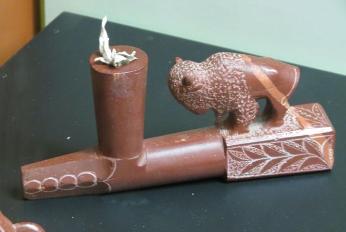
| A view of the Pipestone Creek looks tranquil above, but flooded its banks in 2010. Note the red prayer cloth tied to the tree in the foreground of the photo. The Winnewissa Falls are a scenic part of the Circle Trail through the park grounds. The red stripes of catlinite in the stone above which is extracted by the quarry diggers for use in the making of pipes. Prairie phlox was prolific in the tall prairie grass that grew along the pathways. |
| "The stone is our blood, as red as our skin. The opening of the bowl is our mouth and the smoke rising from it is our breath, the visible breath of our people. The pipe is our most sacred possession...the heart of all our ceremonies." Lame Deer |
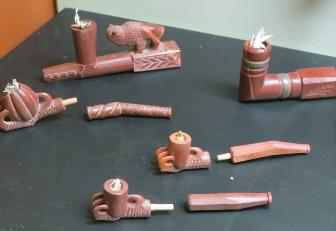
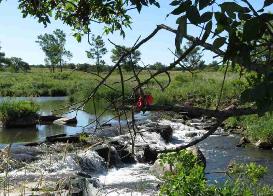
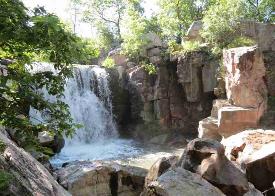
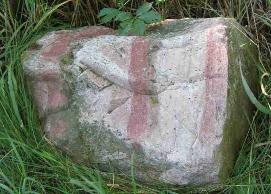
| Catlinite, or "pipestone", has been traditionally used to make ceremonial pipes, vitally important to traditional Plains Indian religious practices. The quarries are sacred to most of the tribes of North America and were neutral territory where all Nations could quarry stone for ceremonial pipes. |
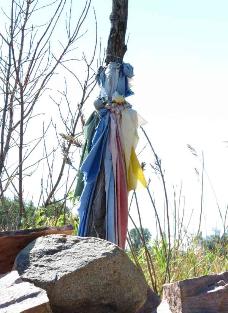
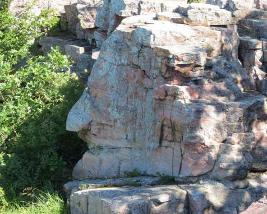
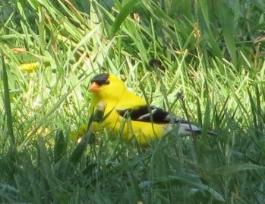
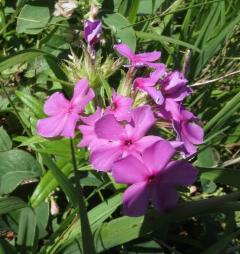
| Old Stone Face, one of the rock formations along the Circle Trail. |
| We saw and heard lots of birds along the path including this American goldfinch. |
| More prayer cloths near the quarry entrance. |